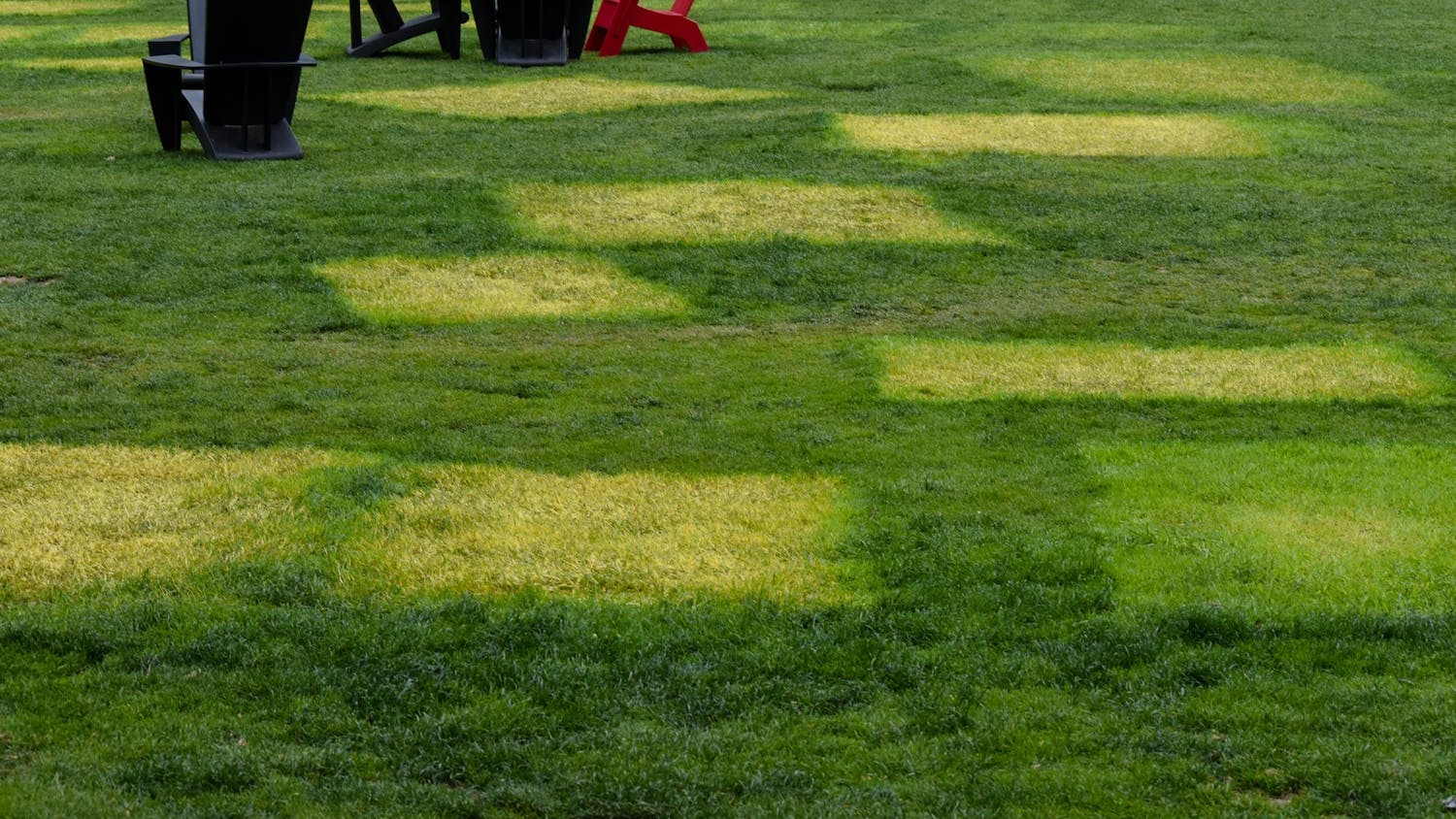The Brown University Shuttle system equipped its vehicles in July with technology from TransLoc, a public transportation technology company. Since then, the buses have featured accurate real-time tracking and have begun collecting data about when riders board and depart the buses.
Not enough data has been gathered to make route or schedule changes, said Elizabeth Gentry, assistant vice president of financial and administrative services.
“We’ve been tracking ridership patterns for 13 years,” Gentry said, but prior to this semester, drivers only noted where people got on the bus, not where they departed. “To know where folks are getting off is equally important,” she added.
“There’s no identification process — they’re counting bodies on and off at different stops,” said Carleia Lighty, director of transportation and card services.
Use of the shuttle services only requires showing, not swiping, a University identification card. The data collected only offers insights into the number of people getting on and off at each stop, Lighty said. The information is gathered manually by the shuttle operators with an electronic tablet.
“Collecting statistics to try to optimize how the shuttle performs makes sense to me,” said Isabel Newton ’17.
The University began using the public transit company First Transit instead of U Shuttle to manage its transportation services about three years ago, Gentry said. “U Shuttle was a small local vendor, and Brown was getting larger and needed more flexibility,” she said.
The TransLoc technology installed in July replaced equipment provided by the transportation technology company Ride Systems but is only “slightly more expensive,” Gentry said.
“The real difference is the real-time tracking,” Lighty said, adding that since installing the TransLoc technology, riders with smartphones who have downloaded the TransLoc Rider application can find out exactly where the shuttle is on its route.
There are also “certain perks” for riders who can use the application to set up various alerts and to set favorite locations that are common to their routes, she said.
Of students interviewed, only Apurva Durugkar GS said she knew about the real-time tracking offered through TransLoc’s application.
Durugkar said she rides the shuttle almost daily, often waiting only five to 10 minutes during the week for a bus. But wait times can increase to 40 minutes on the weekend, Durugkar said, adding that she thinks more shuttles should be made available on weekends.
Newton said she thinks it might be beneficial to publicize the shuttle’s services and routes more widely to help improve accessibility.
“I had no idea that (the Brown Daytime Shuttle) even stopped down there,” said Ayenna Cagaanan ’18, of her recent visit to Alpert Medical School.
Services to the Jewelry District, where the Med School is located, will likely increase in the future, especially when the South Street Power Station project is completed in spring 2017, as some administrative offices will be moved there, Gentry said. The University recently hired the transportation firm Nelson\Nygaard as a consultant to help address these changing needs.




